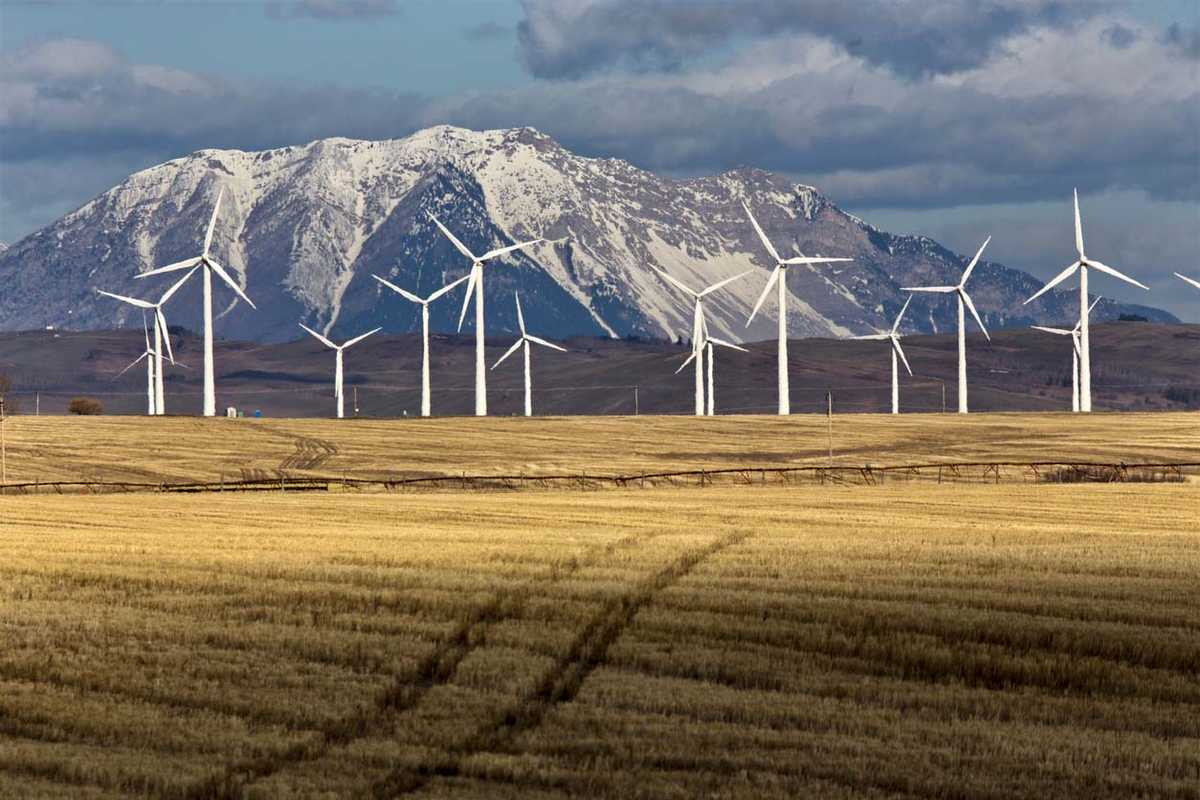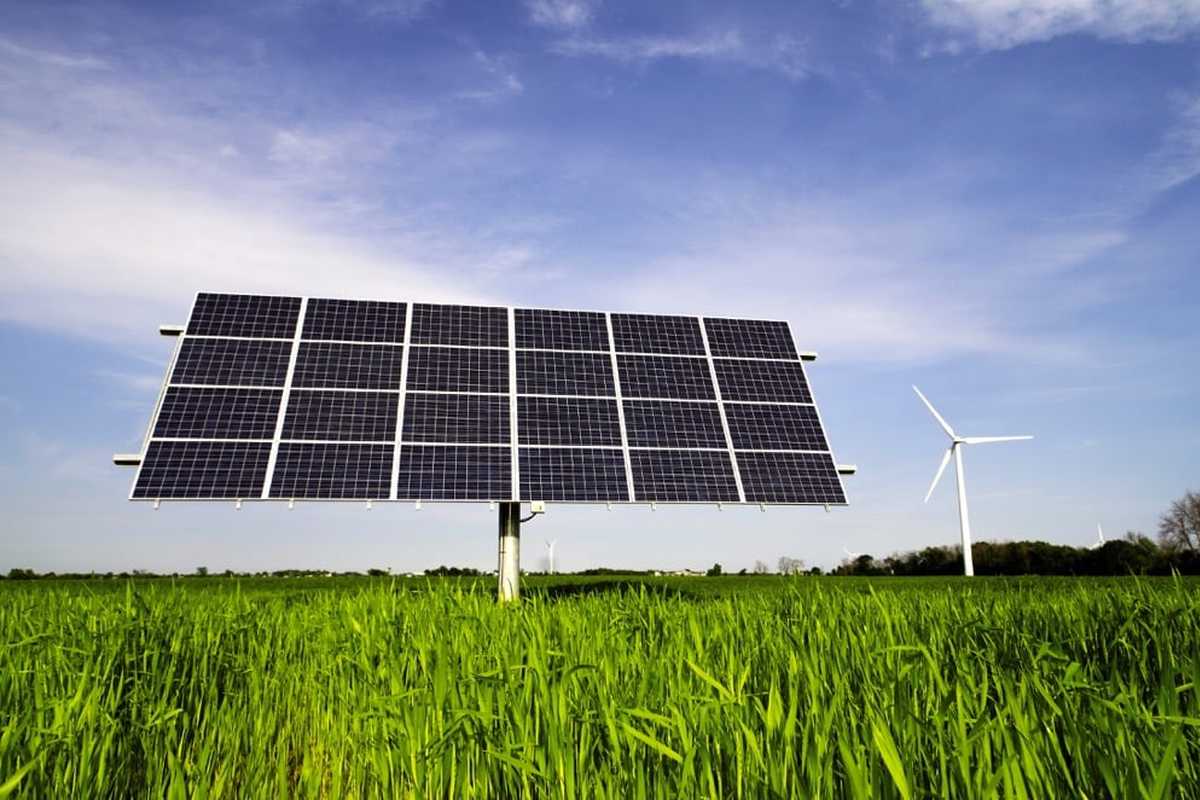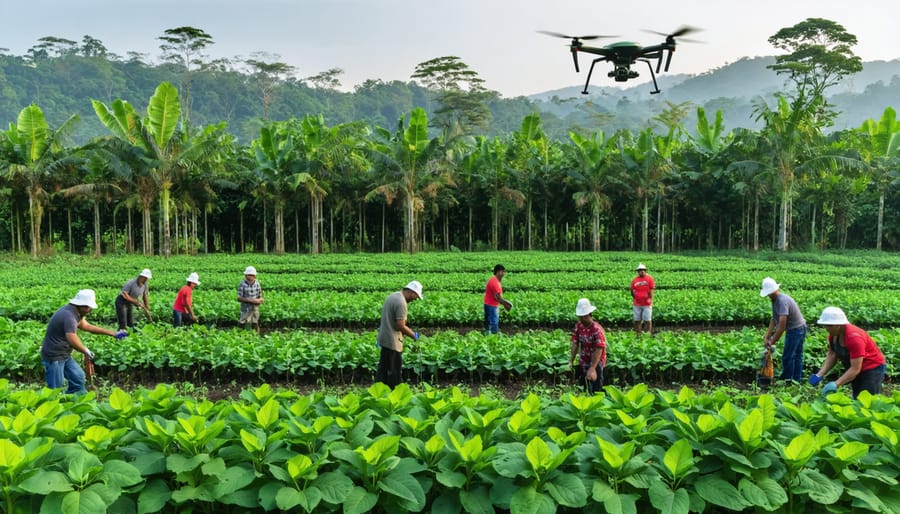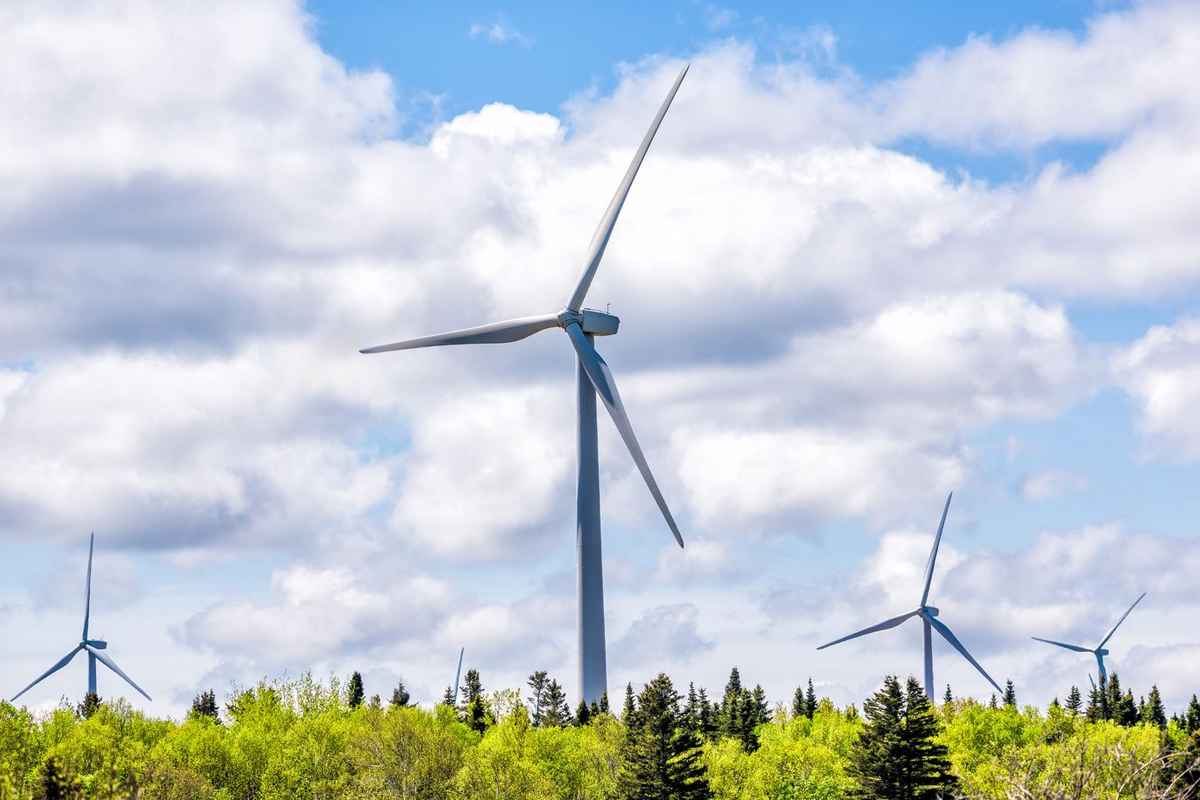Canada, endowed with vast land areas and diverse landscapes, is rich in renewable resources, including moving water, wind, biomass, solar, geothermal, and ocean energy. This abundance has propelled our nation to a prominent position as a global leader in renewable energy production. Presently, Canada proudly holds the rank of the 7th largest producer of renewable energy worldwide, contributing to over 16 percent of our primary energy supply and meeting approximately 67 percent of our total electricity demand.
The country’s leadership in renewables is underscored by various compelling facts, one of which is that Canada exports around eight percent of its electricity to the U.S. This exported electricity displaces more greenhouse gas (GHG) intensive generation, preventing the release of millions of tonnes of carbon dioxide (CO2) into the atmosphere each year. And this is just the beginning of Canada’s impactful efforts in the renewable energy landscape.
Canadian Renewable Industry Facts
On a global scale, Canada holds remarkable positions:
- 4th largest producer of hydropower worldwide
- 6th largest producer of electricity globally, with a predominant share derived from renewable sources
- 7th largest producer of renewable energy on the international stage
- 9th largest producer of onshore wind power globally
- 10th largest producer of bioenergy on a global scale
Furthermore, Canada stands as a leading force in clean tech and innovation, securing the 2nd position on the Global Cleantech Innovation Index 2021, with 11 out of 100 companies earning a spot on the list. Notably, both the private and public sectors are making substantial investments to explore the potential of geothermal and hydrogen as new sources of renewable energy.
Renewable Sector & Environmental Leadership
- Canada generates about 67 percent of its electricity demand from renewable sources such as hydro, wind, and solar.
- Canada was the world’s 3rd largest exporter of electricity in 2018, displacing more GHG-intensive power generation in the U.S.
- Six Canadian provinces and territories generated more than 94 percent of their electricity demand from renewable sources in 2017.
- Between 2010 and 2018, renewable electricity generation in Canada increased by 16 percent, with wind and solar experiencing the largest growth.
- More wind energy was built in Canada from 2009 to 2019 than any other form of electricity generation.
Also see these 75+ Canadian Renewable Energy Facts for even more examples of our nation’s global leadership on renewables today!
*Sources: Natural Resources Canada, Government of Canada, International Renewable Energy Agency, International Hydropower Association, Canadian Wind Energy Association.
The World Needs More Canadian Energy
Canada’s extensive renewable resources offer a remarkable opportunity to supply the world, particularly North America, with an increased supply of renewable energy. Currently, Canadian hydropower generates over 81,000 megawatts (MW) of power, but given our nation’s expansive network of lakes and rivers, there is potential to more than double this capacity in the coming years.
Expanding our renewable energy capacity in Canada has the potential to displace more greenhouse gas (GHG)-intensive forms of electricity generation, both domestically and in the U.S. This expansion can also cater to the growing demand for power generation in North America.
The global demand for Canadian energy is on the rise. As one of the world’s most transparent, regulated, and environmentally conscious energy producers, Canada should emerge as a preferred global supplier for all forms of energy.
Join Our Advocacy Today!
Canada’s prominence in clean technology and renewables positions us as a crucial contributor to the energy transition toward a lower carbon future. Whether undertaking substantial wind, solar, and hydro projects or spearheading innovative technologies to reduce carbon emissions for major emitters, Canada consistently demonstrates its commitment to climate action.
The reality is that the world will continue to rely on diverse forms of energy for the foreseeable future. Renewables, having experienced remarkable growth in electricity production in Canada over the last decade, are integral to our future energy landscape. It is imperative to support all Canadian workers in the energy sector, as their inventive and forward-thinking ideas have propelled our nation to the forefront of environmentally responsible energy production.
Discover why the world increasingly depends on Canadian renewable energy by connecting with us on Twitter, Instagram, and Facebook today. We look forward to engaging with you!




